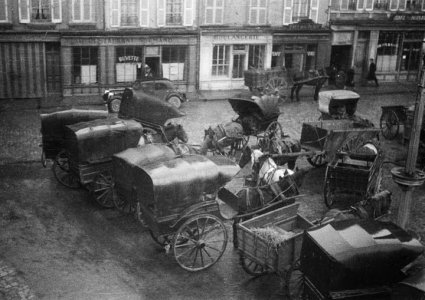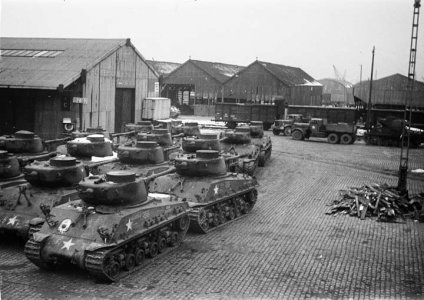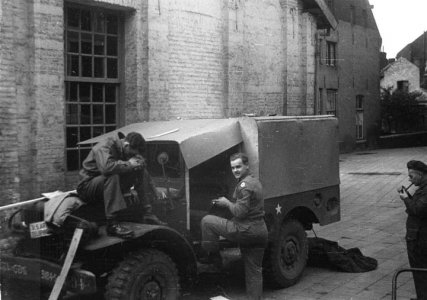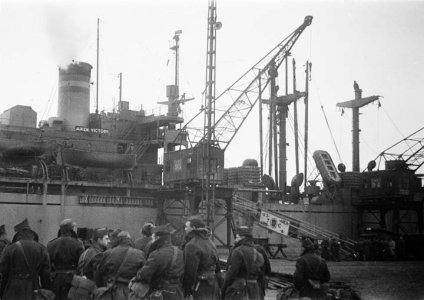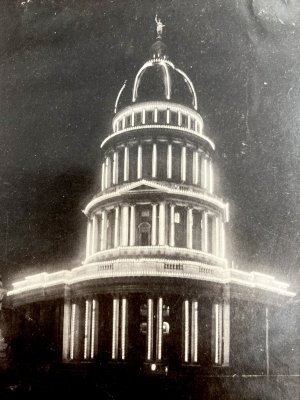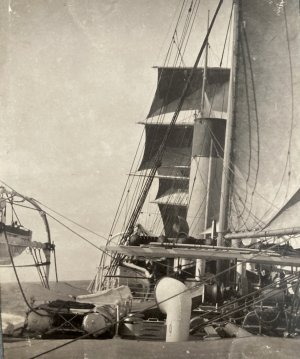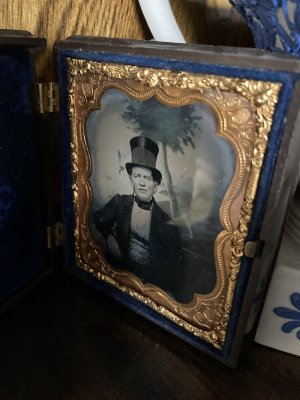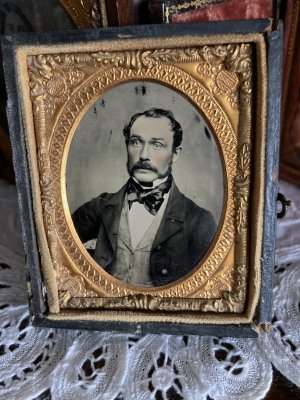Freakscene
Obscure member
It’s spratting; they are fishing for ‘sprats’ this is a fish like a small herring, scientific name Sprattus sprattus.This is one of the better ones in the batch.
View attachment 4831572
On the frame it is written: "Toilers of the sea. Hastings sprarting boat" .
View attachment 4831573



